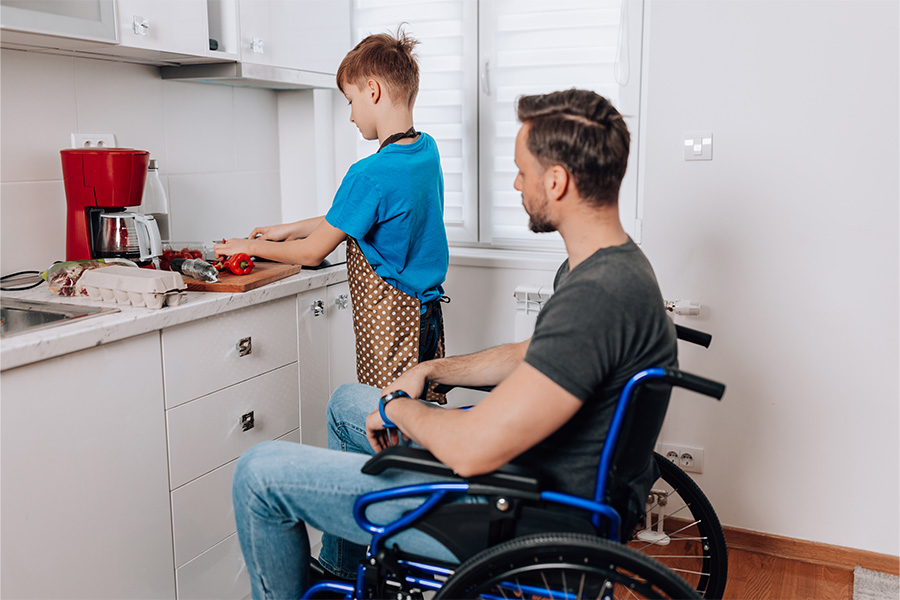Moving With Special Needs – Part 1: Schools
Our family recently relocated, which was quite an undertaking. We have two children with Down syndrome, and the younger of the two is also on the autism spectrum and has medical and psychiatric needs. I felt spoiled in our former area — we had worked hard over the years to get there, but we had excellent school situations for both of my boys. I was concerned that moving to a more remote area of the state would mean losing so much of what we had worked for. But, for the most part, we were able to get similar classroom setups for both of our kids. Here’s how:
Call ahead, and do your research.
My first step after identifying the destination of our relocation was to conduct phone calls and website reviews. I discovered two districts, about 70 miles apart that would have the potential to serve both boys well. After calling the schools and speaking with representatives from each, we took the time to determine if each district was in an area that would serve our family well in other ways. We quickly realized that for the rest of our family one district area was superior to the other, so I spent most of my time focused on that district, with the other one in my back pocket, just in case.
After a few phone calls, I met with the Education Service Area Special Education Supervisor who reviewed the programming available to each of my children. I was able to see that it was pretty much apples to apples compared to the settings where they had been going to school, so we moved forward with meeting the teachers and visiting the classrooms.
Find the right school before the right house.
I got email addresses for each of the teachers, and went home to discuss the situation with my husband, and we formulated lists of questions for the teachers and Special Ed Supervisor. We also signed releases to facilitate communication between the boys’ current schools and the district we were planning to attend upon our move. With the first several steps in our school relocation going smoothly, we identified a potential home and put in an offer.
The IEPs (Individual Education Plans) for both of our boys were due in the four-month time span between deciding to relocate and making our move, which was ideal. I met with their current teachers and together we put together a list of things to make the IEP more clear with goals suitable for transferring to new teachers. The primary teacher for Ben, who has autism, medical and psychiatric needs in addition to Down syndrome, also agreed to do an extra assessment to ensure that his needs would be adequately communicated.
Once the paperwork was transmitted to the new district, we set aside a day for the children to visit their new classrooms and meet their teachers. This was done only after we had determined that the new setting would meet their needs.
Time the move with your child’s IEP in mind.
The receiving schools have 30 days after the start date for new students to perform new IEP’s, which is required, even with both children having up-to-date IEP’s from their previous schools. This gave the teachers time to get to know their needs, as well as time to translate the goals into the different curriculum used in the new classrooms. The timing was ideal for us, as it gave us an opportunity to troubleshoot the issues that arise with change, and was another chance to communicate clearly with new classroom personnel.
Our moving process went smoothly. Clear, early and ongoing communication was key to managing a tricky relocation between schools.















